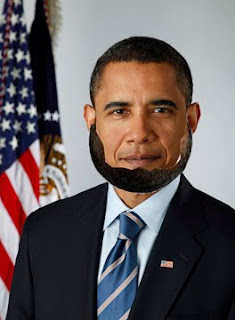
I came across this photograph from 1869 by Paul Emile Miot, the subtitle hit me like the punch line in a cartoon: “the Royal Family of Vahi-Tahou in the Marquesas on board the Astreé “(collection Musee de l’Homme, Paris)[Abigail Solomon-Godeau: Art IN America p. 123]. The photo shows 4 almost naked adults, a younger couple, perhaps in their early twenties and a middle aged couple sitting slumped together, leaning against what might be the bulkhead on the deck of a ship. The four polynesians sit with spread legs and feet tucked under, very close, shoulders touching. The younger girl has her arm slung around the neck and pulling close to her shoulder the head of a well toned young man with shoulder length open hair as if in a lovers embrace. Both his hands center in his genital region. Her white dress slipped off her shoulder, comfortably neglectful exposing her breasts and falling in ruffles between her legs and a white skirt covering her wide spread knees. Assumably the princess and her lover or the prince and his concubine, or prince and princes?? Snuggled next to her is a more mature woman, presumably the Queen, with elegantly tied hair, bare breasted and naked but for a loincloth wrapped tightly over her belly button, her hands resting in her open lap. Cowering next to her is who must be the king, slender, muscular body, his heels drawn to his buttocks, lifting him a few inches over the rest of the families heads, his knees pointing up and outward, crossing the Queens thigh on one side and jutting out phallus-like on the other. His top hair is a shaved to the skin in a bald stripe and puffy thick swaths of hair on both sides of his head.
The absence of crowns and jewels, dresses and shoes, thrones and flags, substituted by seemingly lewd nonchalance, leads western minds ad absurdum to preconceived notions of how royal power and authority is communicated.
The younger man, effeminately bent in the middle and leaning in on her seems subordinate to the younger woman - reversing a western concept of gender roles.
The queen seems rather demure next to the king. however his perhaps symbolic hairdo seems to dispel the western association of hair with masculinity.
How can power be vested in a king without a vest?
This is foremost an encounter with the body of the ‘Other’. Bodies of people that suffered the violent history of colonial possession and cultural dispossession. The perception of a western viewer of this image depends on knowledge.
[The Marquesas had first been settled by polynesians in 100A.D., then discovered by a spanish explorer in 1595 and named García Hurtado de Mendoza,
next an american navigator came to visit in 1791 renaming them “Washington Islands” and in “1842, France, following a successful military operation on behalf of a native chief (named Lotete) who claimed to be king of the whole of the island of Tahuata, took possession of the whole group, [...]French control over the island group was reestablished in 1870, and later incorporated into the territory of French Polynesia.. “ ][http://en.wikipedia.org/wiki/Marquesas_Islands]
Is the King in the picture the same Lolete with his family? Are they refugees or prisoners on board of the Astreé, demoted by a french general?
Without this knowledge the viewer is victimized and bound to fall into the Gauguinian construct of the ‘Primitive’ , or mythologies of the Feminine or get lost in the sexual innuendo in this picture. This photograph with it’s misleadingly incomplete subtitle and the omission of any explaining commend is yet another threat in the weave of South Sea myths within american and european representational systems - and not a photograph showing how this king represents his power.












